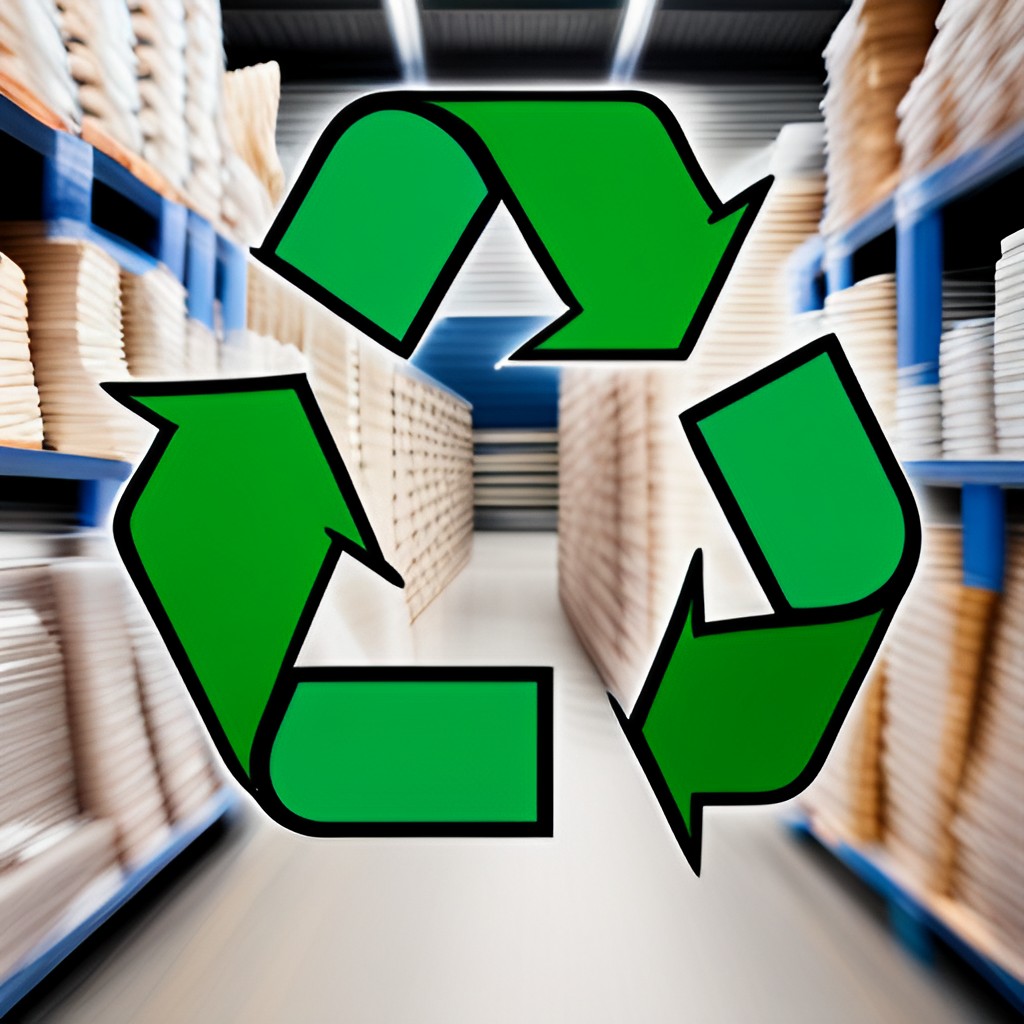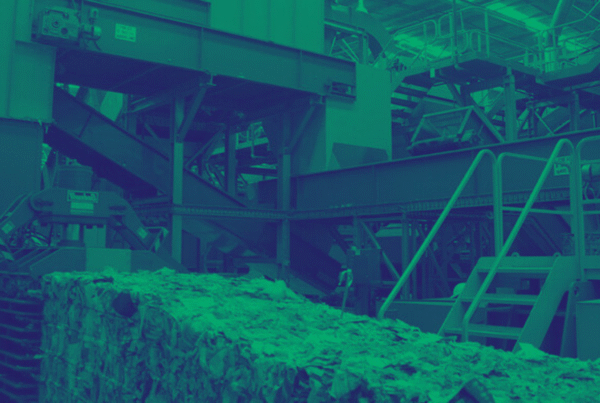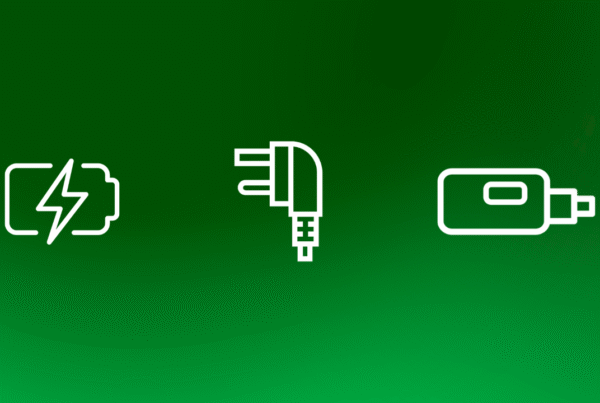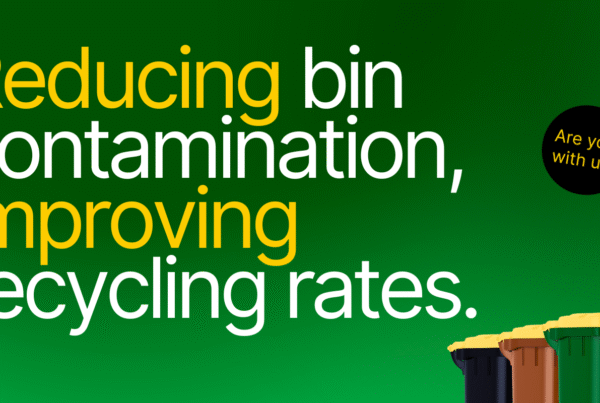Blog Introduction
Recycling has become a part of our daily lives. We are more conscious than ever before about the effects our actions have on the environment and the world around us. However, recycling can sometimes be confusing, particularly when it comes to what can and cannot be recycled. In this blog post, we will discuss what you can and cannot recycle, and provide some helpful tips to make the process easier.
 1. What You Can Recycle
1. What You Can Recycle
The first step in understanding recycling is knowing what you can recycle. Most paper, cardboard, and plastic containers are recyclable, along with metal cans, glass bottles and jars, and some types of electronics. Be sure to check the labels on the packaging to determine if it’s recyclable or not. Always rinse out any containers before putting them in the recycling bin and flatten any empty cardboard boxes before recycling. You can print out this leaflet that explains what you can and can’t recycle.
2. What You Can’t Recycle
Some items cannot be recycled and should not be placed in the recycling bin. These items include plastic bags, plastic wrap, styrofoam, light bulbs, ceramics, and batteries. These items need to be thrown away in the regular trash. Additionally, some items, such as electronics, require special recycling procedures. Therefore, it is best to check with your local recycling center for specifics on what cannot be recycled.
3. Tips for Making Recycling Easier
Recycling can be easy when you have a system in place. Start by placing a designated recycling bin in a central location in your home. This makes it easy for everyone in the household to recycle and helps prevent items from being thrown in the bin by mistake. You can also try composting your food scraps and garden waste. Finally, educate yourself and your family on what can and cannot be recycled. This will make the process smoother and ensure that your efforts are making a difference.
4. Benefits of Recycling
The benefits of recycling are many, including conserving natural resources, reducing landfill space, and saving energy. Recycling paper, for example, saves trees and reduces greenhouse gas emissions. Recycling aluminum uses 95% less energy than producing new aluminum. Finally, recycling prevents waste from ending up in landfills, which reduces harmful methane emissions.
5. Conclusion
Recycling is an integral part of preserving the environment and making the world a better place. While it can be confusing at times, understanding what you can and cannot recycle can make the recycling process less overwhelming. By following these tips, you can get started on a path to greater sustainability and a cleaner future. Remember, every little bit counts when it comes to recycling!

#AreYouWithUs #GreyhoundRecycling #GuaranteedIrish #BinCollectionDublin #SkipHireDublin
Additional services from Greyhound:






